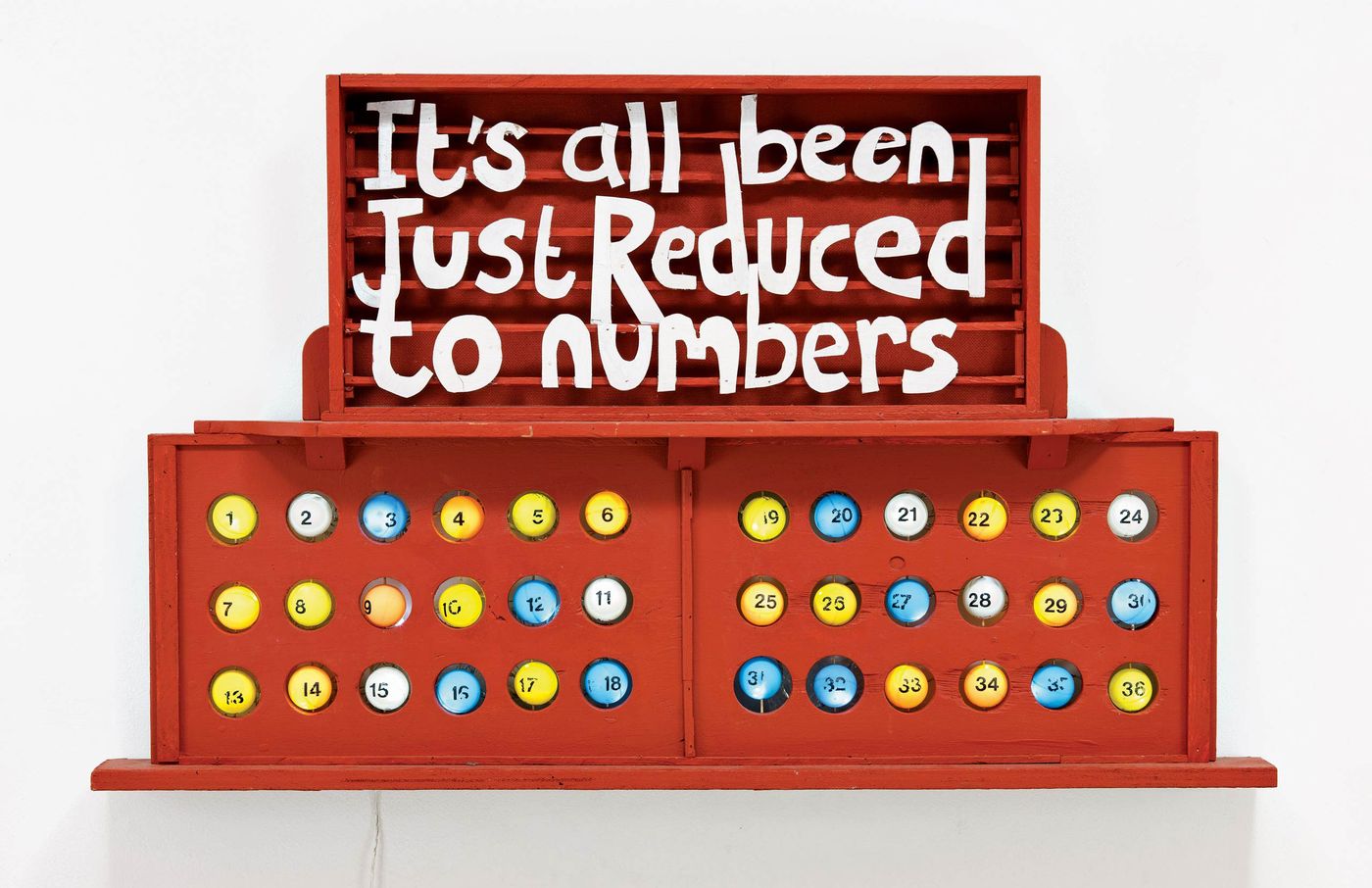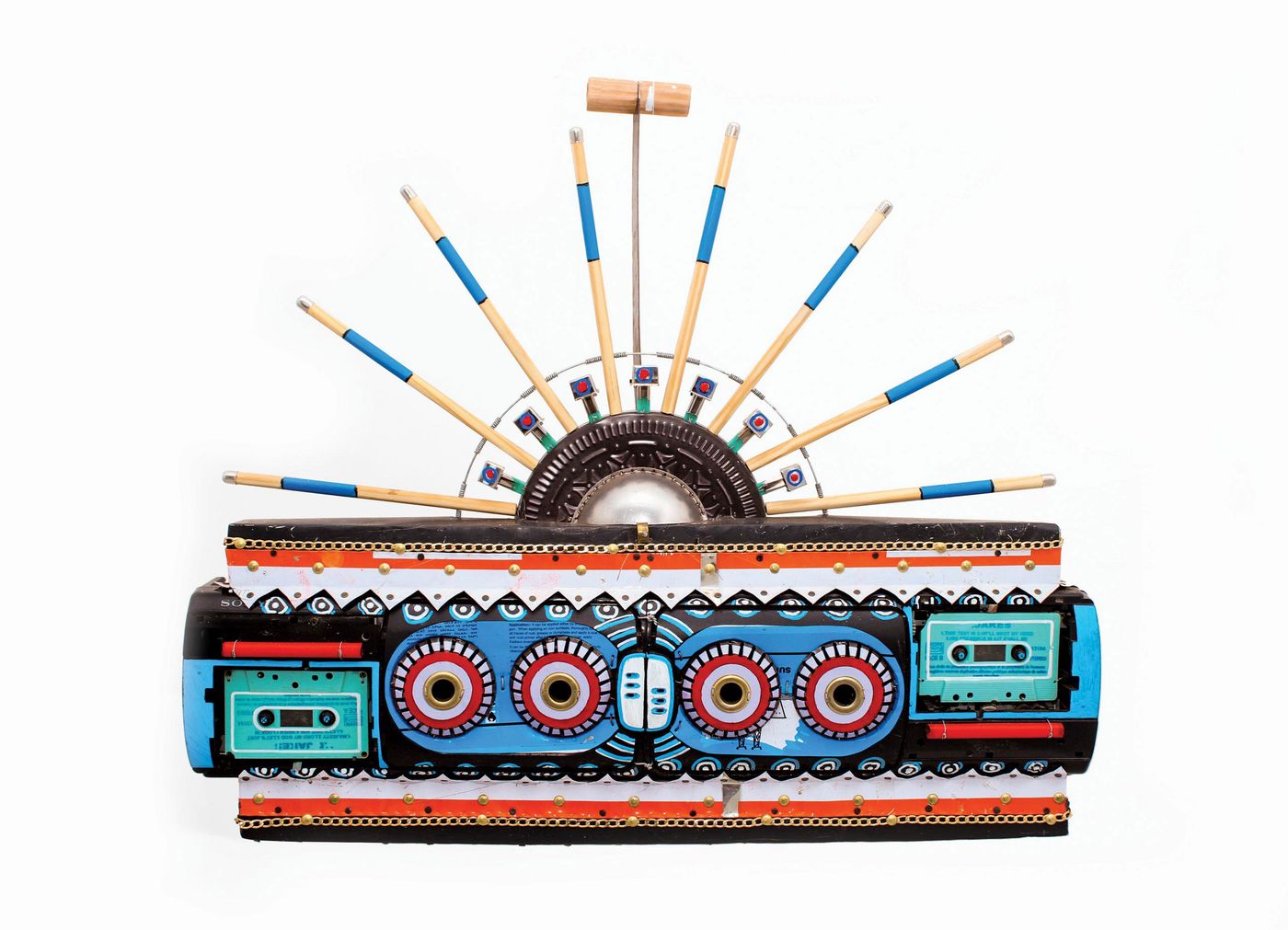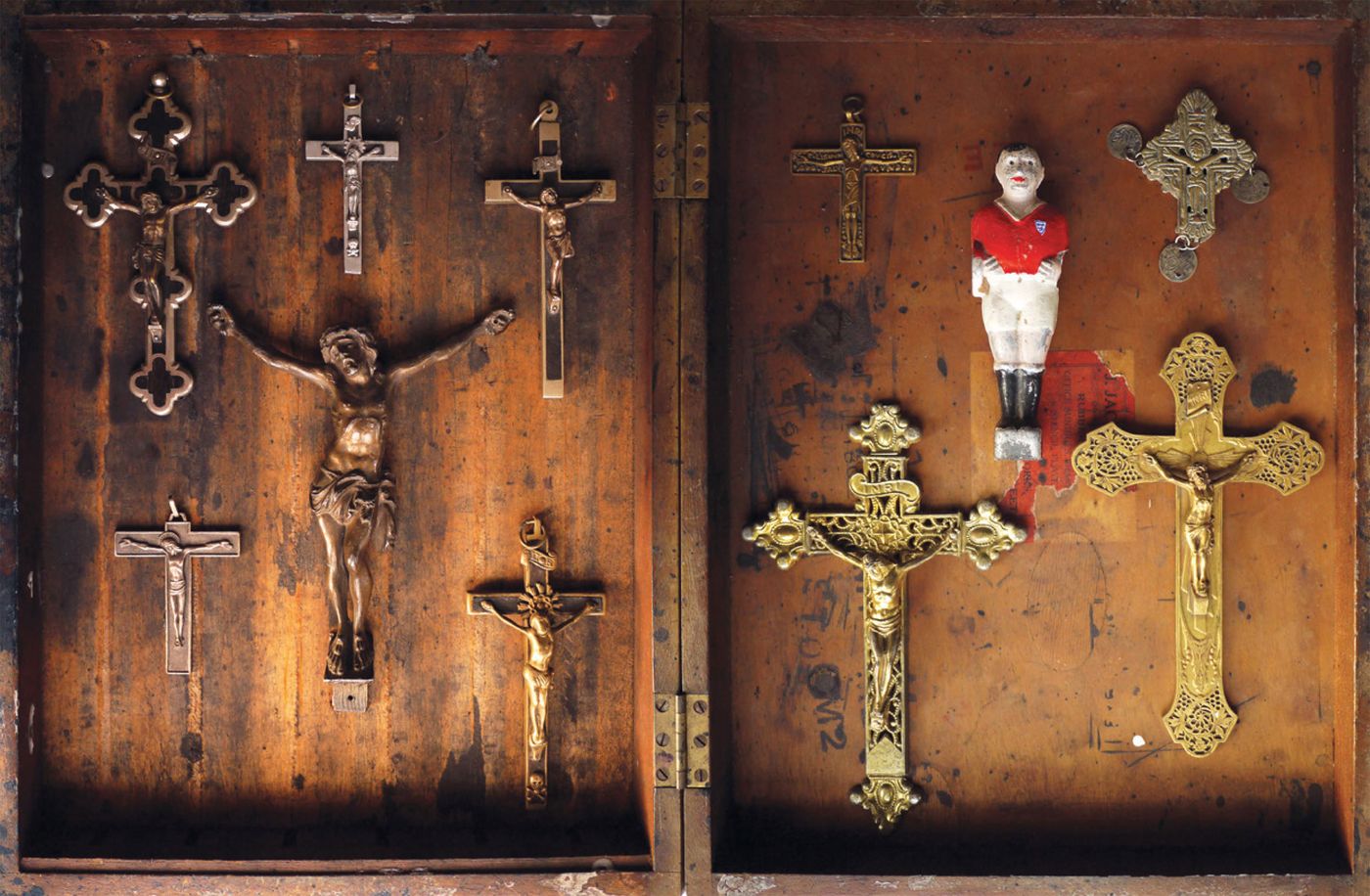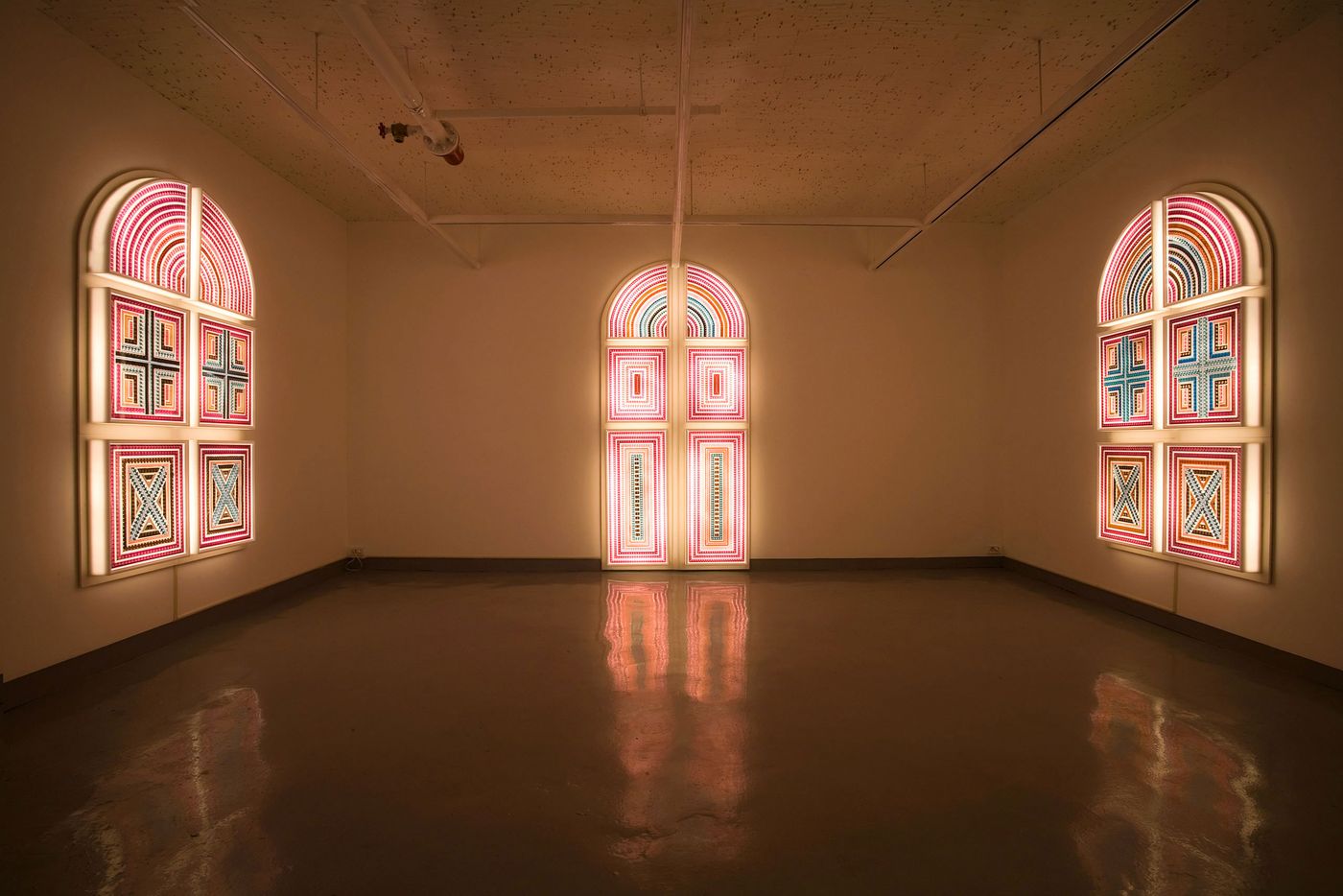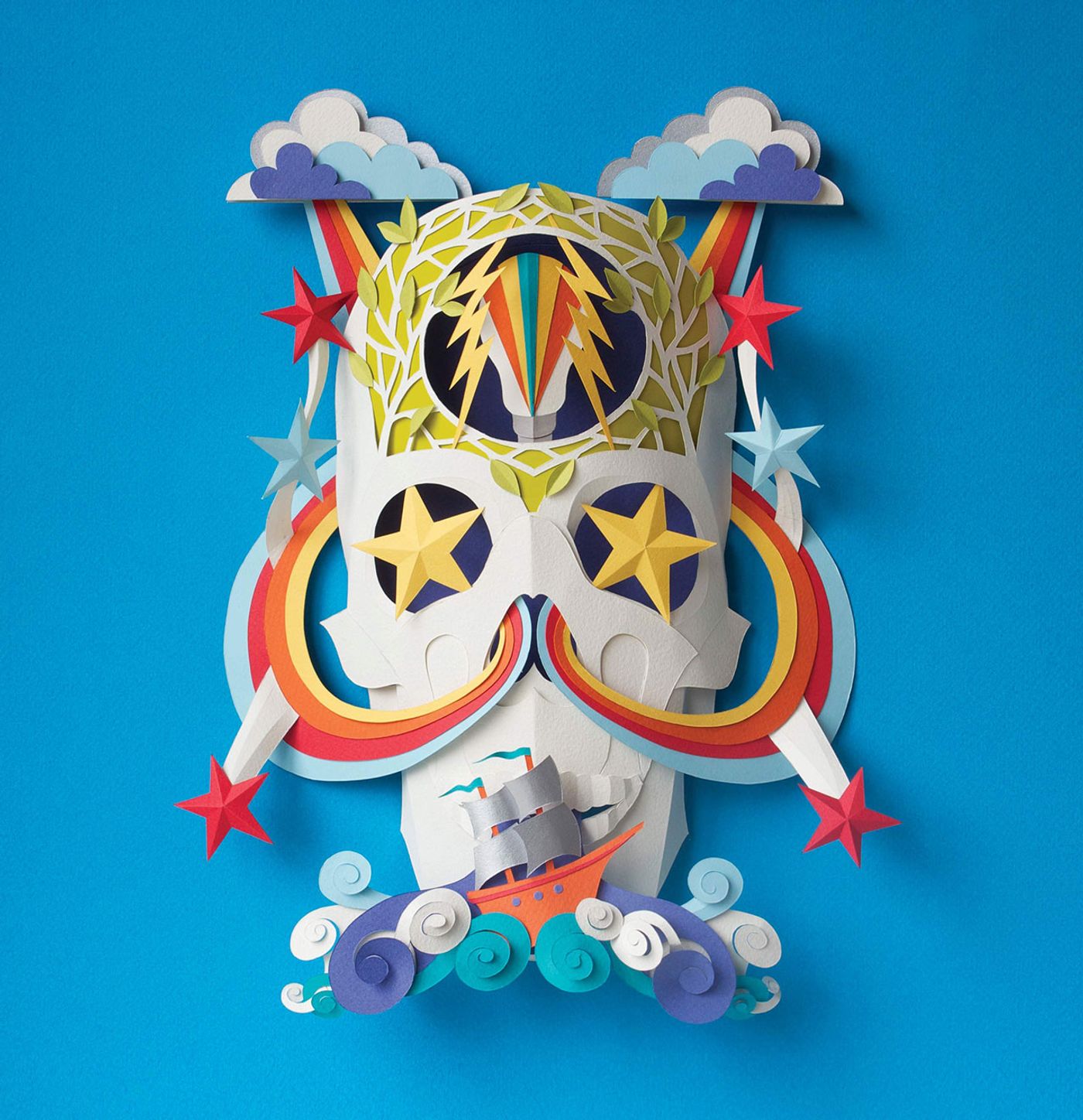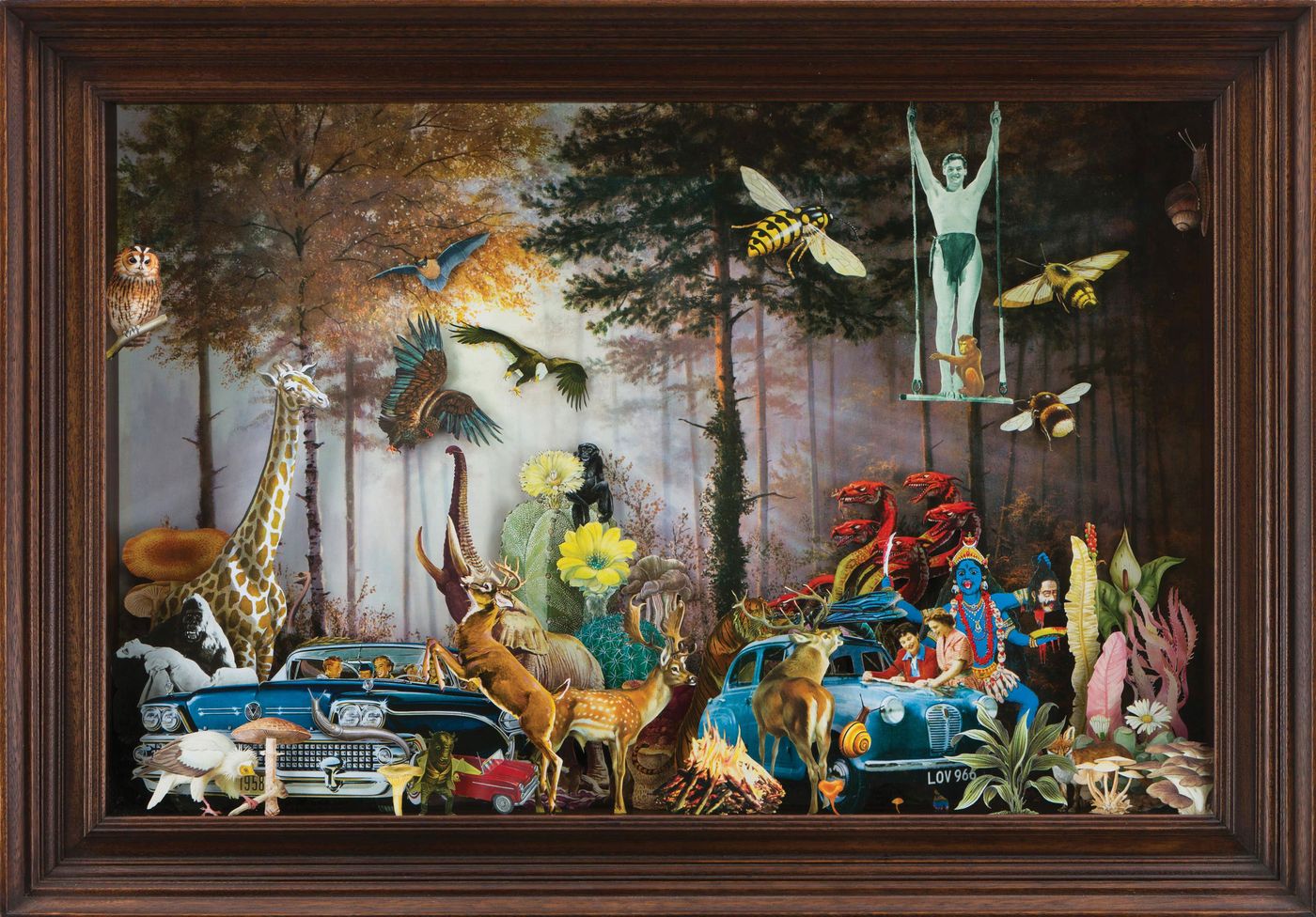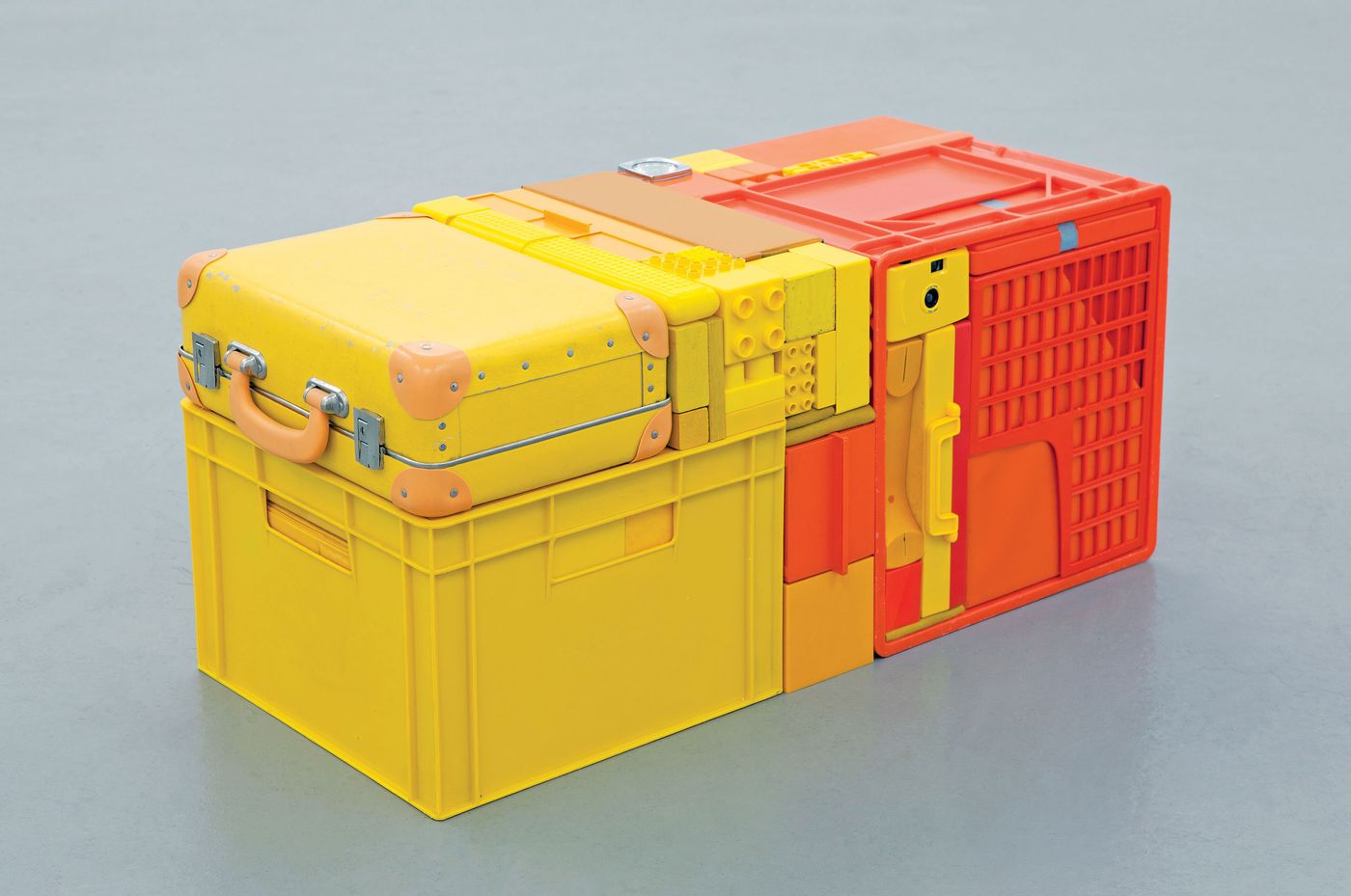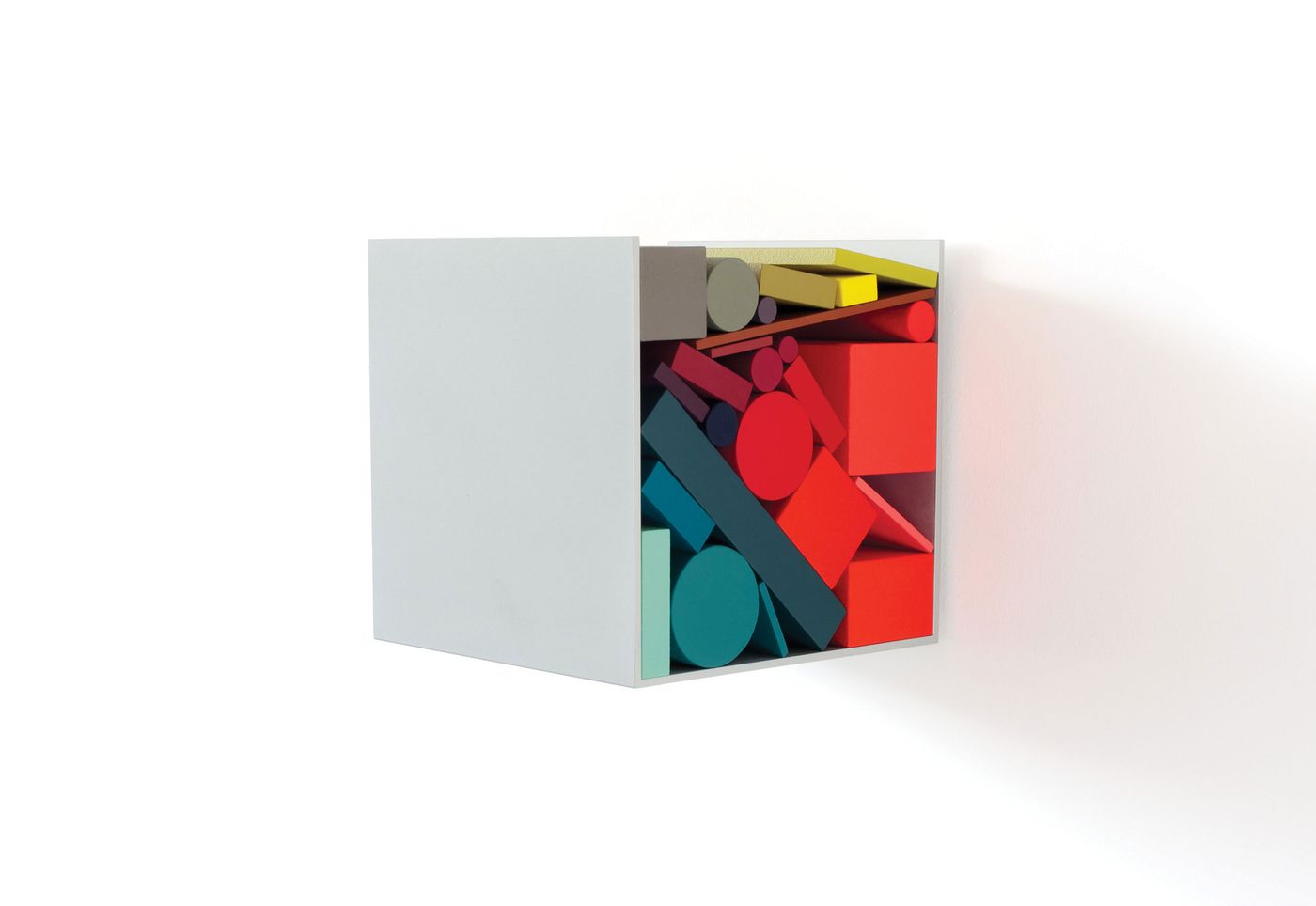
Out of the Box: A Book that Celebrates the Lost Art of Collecting in an Increasingly Digital World
Words by Eric David
Location
Out of the Box: A Book that Celebrates the Lost Art of Collecting in an Increasingly Digital World
Words by Eric David
Billed as a “celebration of contemporary box art”, the just published book "Out of the Box" is a kaleidoscopic compendium of collages, assemblages and miniature art pieces showcasing the work of over 100 contemporary creatives from 21 different countries. The brainchild of designer, artist and curator Tom Buchanan, the 336-page book is built on a decade of research, curating and documenting exhibitions and events that focus on box art, a term that he loosely defines as “artworks that have evolved, been created within, or have even escaped from a box”. Diverse in medium and style, practitioners of this art form nevertheless share a penchant for collecting and using images, objects and materials, playing with conventions of perspective, and subverting viewers’ perceptions through visual illusions. Published by Eight Books, with a written contribution by Sarah Lea, a leading curator from London’s Royal Academy of Arts, Out of the Box contains over 500 peculiar, eye-catching and mind-boggling works that blur the lines between fine art and design, in essence constituting a portable cabinet of curiosities that embodies the lost art of collecting in an increasingly digital world.

Book cover. Courtesy of Tom Buchanan and 8 Books

A PACKED VIEW OVER HARMONIC BLUE FIELDS by Yrjö Edelmann 2011, 90 × 80 × 4 cm Oil on canvas. Courtesy of Tom Buchanan and 8 Books.
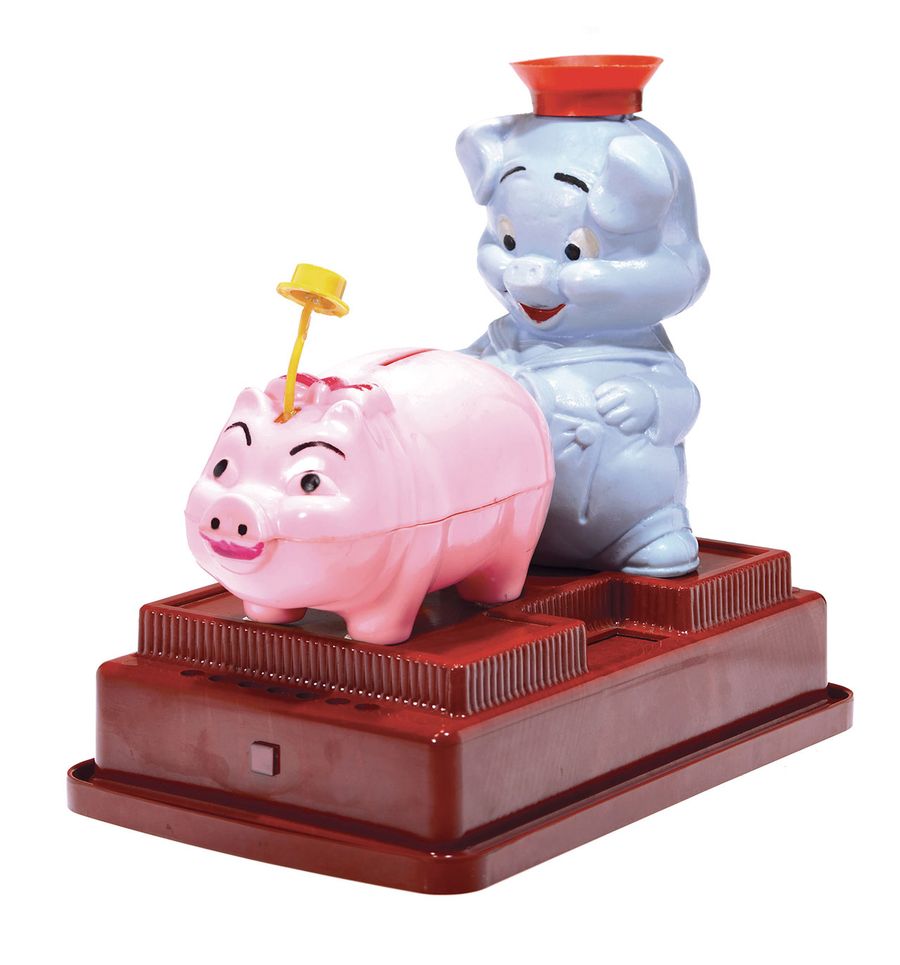
PIGGY BONK by Willy Smax 2010, 28 × 180 × 250 cm Mixed-media assemblage. Courtesy of Tom Buchanan and 8 Books.
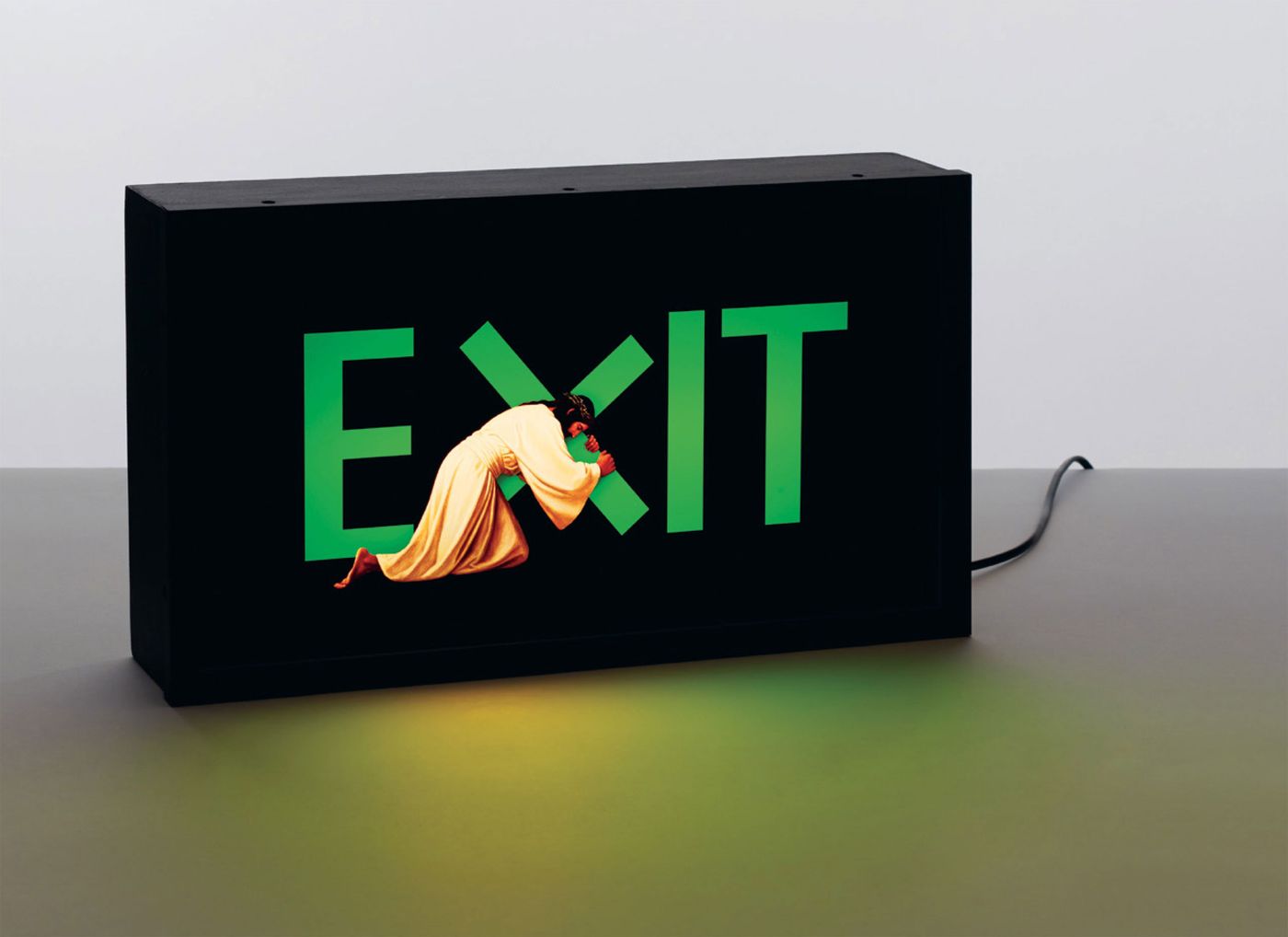
EXIT JESUS by Nancy Fouts 2014, 25 × 40 × 10 cm Photography in lightbox. Courtesy of Tom Buchanan and 8 Books.
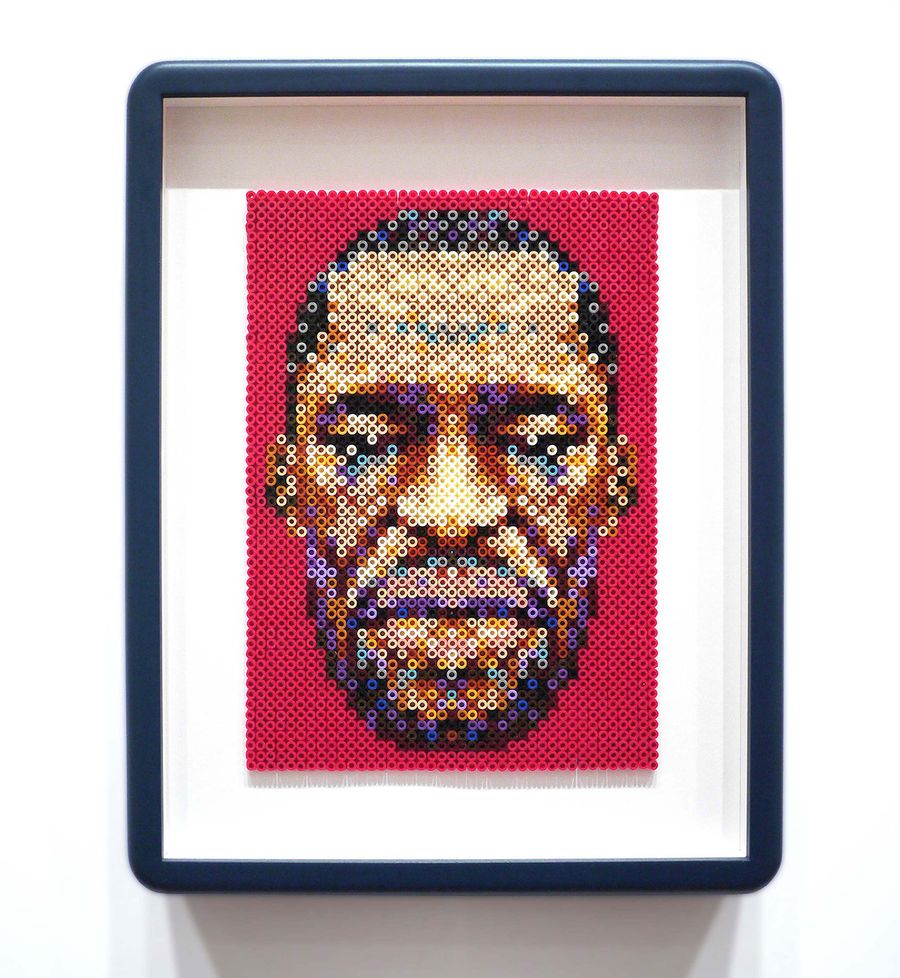
REMEMBERING GEORGE FLOYD by Ian Wright 2020, 29.5 × 21 × 8 cm Hama Beads in bespoke frame. Courtesy of Tom Buchanan and 8 Books.
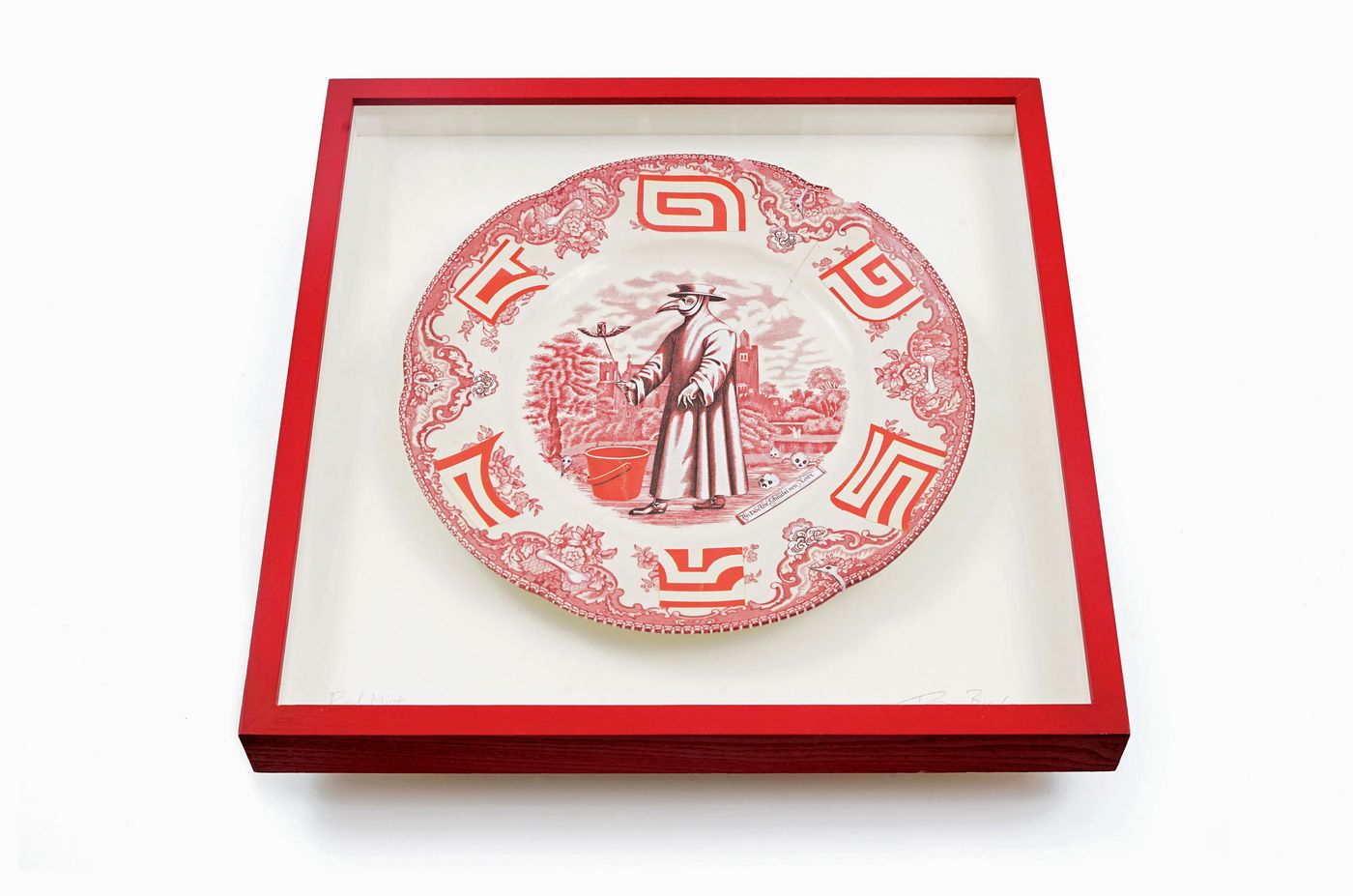
RED MIST by Tom Buchanan 2020, 35 × 35 × 5 cm Illustrated ceramic plate in wooden tinted box frame. Courtesy of Tom Buchanan and 8 Books.
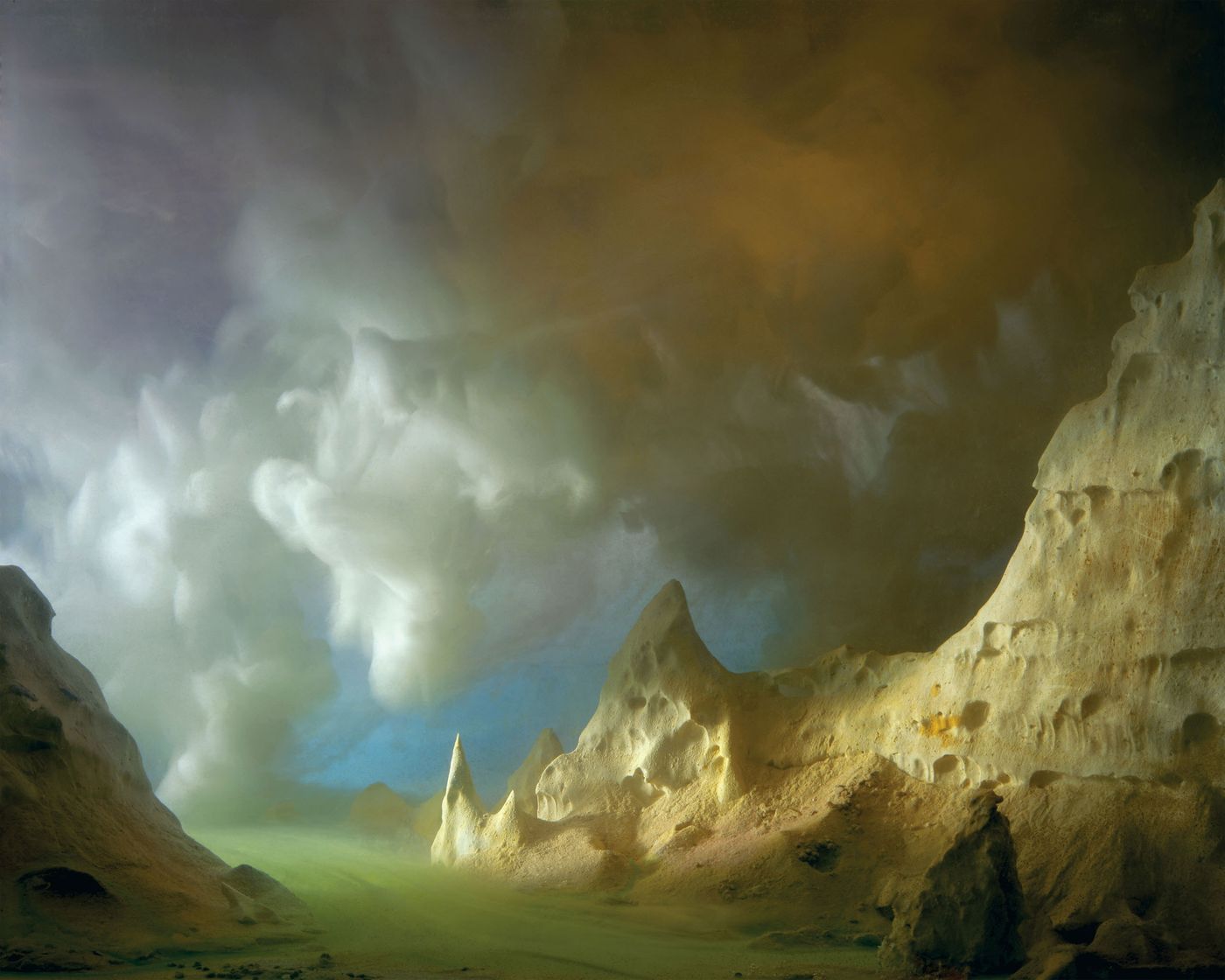
TURTLE SKULL ROCK by Kim Keever 2001, 78 × 117 cm/101 × 152 cm Edition prints Plaster, paint in 200-gallon water tank. Courtesy of Tom Buchanan and 8 Books.
Illusion is also at the centre of late Swedish painter Yrjö Edelmann’s trompe l’oeil, Surrealism-inspired work – where what initially seem to be enigmatic wrapped objects are in fact meticulously rendered hyper-realistic oil paintings.
American artist Kim Keever takes illusion to another level with his sublime, large-scale photographs of moody landscapes that almost seem to have been painted by the French or German Romantics. In fact, the landscapes are miniature scenes that the artist builds himself and then submerges in a 200-gallon water tank and photographs, exploring the relationship between ideas of artifice and naturalism in landscape painting and how this has shaped our perception of nature.

HEAVEN’S GATE by Frank Kunert. Courtesy of Tom Buchanan and 8 Books.
Numerous artists featured in Out of the Box work in miniature form including German artist Frank Kunert who explores the “absurdity of life through painstakingly crafted miniature architectural scenes which he then photographs for his "Small Worlds" series. Straightforward and simple at first glance, on closer inspection the scenes reveal surreal, perception-twisting details that offer a slightly dark, satirical idea of modern society.
Just as meticulously constructed and elaborately detailed are French artist Marc Giai-Miniet’s “Les Boites” (The Boxes), dystopian dioramas depicting labyrinthic libraries, abandoned laboratories, desolate waiting rooms and empty prison cells as metaphors for the human condition. The mixed-media assemblages are bereft of humans yet suggestive of a human presence containing the aftermath from scenes of unknown experiments, interrogations and slaughters.
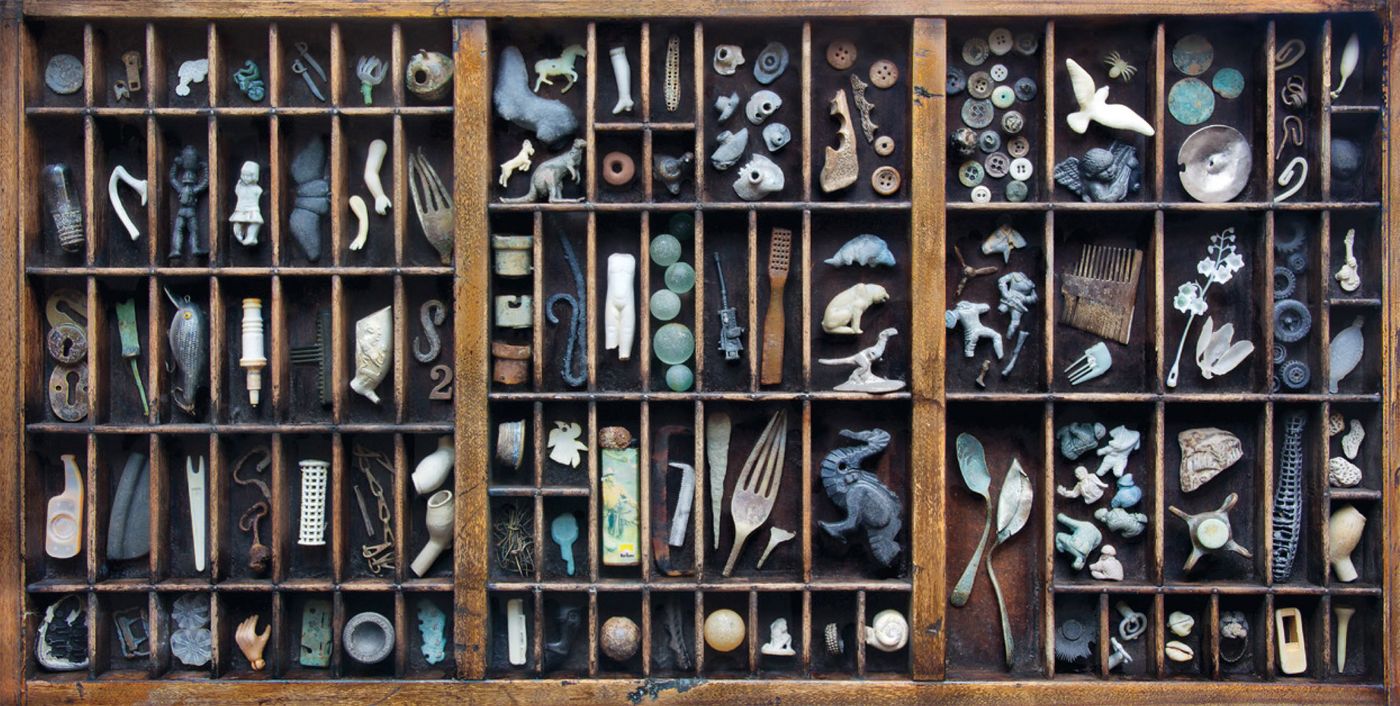
SHORE FINDS by Lisa Woollett Objects collected while writing ‘Rag and Bone’. Courtesy of Tom Buchanan and 8 Books.
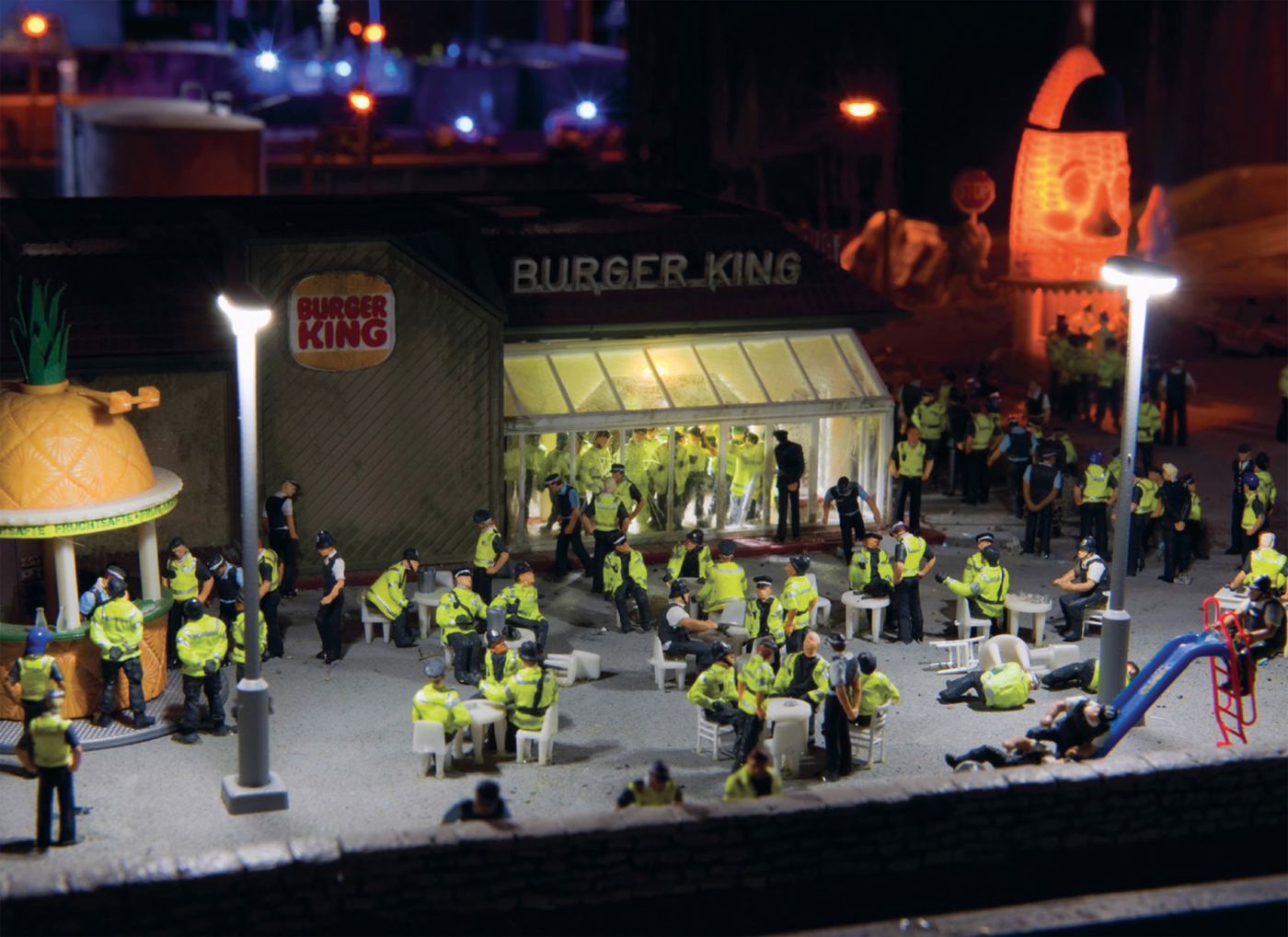
THE AFTERMATH DISLOCATION PRINCIPLE (ADP) by Jimmy Cauty. Close up from a 1:87 scale model housed in a 40-foot shipping container. Courtesy of Tom Buchanan and 8 Books.
Syrian artist and architect Mohamad Hafez also creates dystopian miniature scenes, albeit focusing on the Syrian war and the current refugee crisis. Suspended from the ceiling, “Desperate Cargo” is an actual lifeboat that provides a backdrop for a miniature bombed urban landscape made out of a compilation of found objects, paint and scrap metal which ominously hang above viewer.
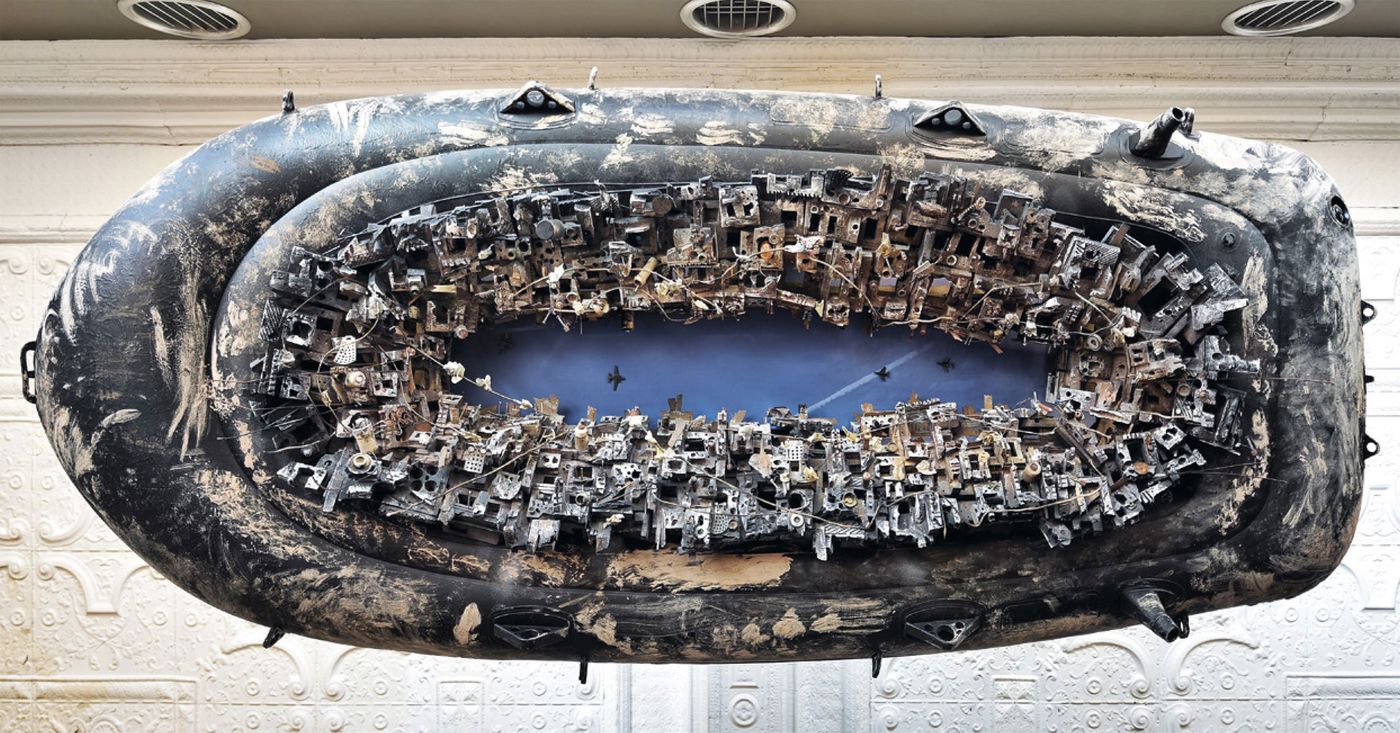
DESPERATE CARGO by Mohamed Hafez 2016, 365 × 120 × 100 cm Mixed-media installation, plaster, paint, oat, found objects, MP3 player, rusted metal, lighting. Courtesy of Tom Buchanan and 8 Books.
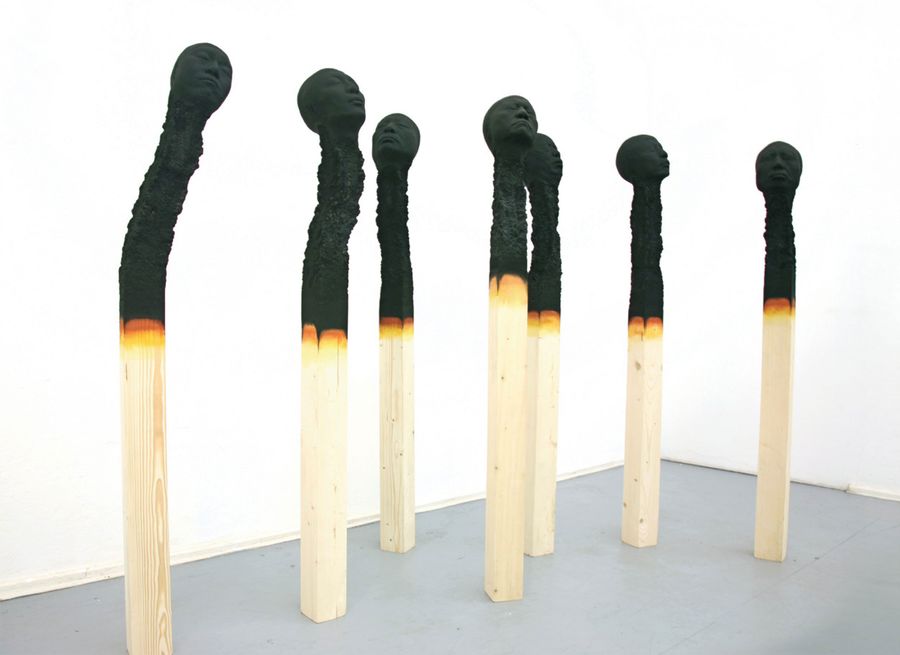
MATCHSTICKMEN INSTALLATION by Wolfgang Stiller 2010, each 160 cm Wood, paint. Courtesy of Tom Buchanan and 8 Books.

LITTLE BLUE FOLKS by Peter Quinnell 2011, 20 × 72 × 16 cm Mixed-media assemblage. Courtesy of Tom Buchanan and 8 Books.
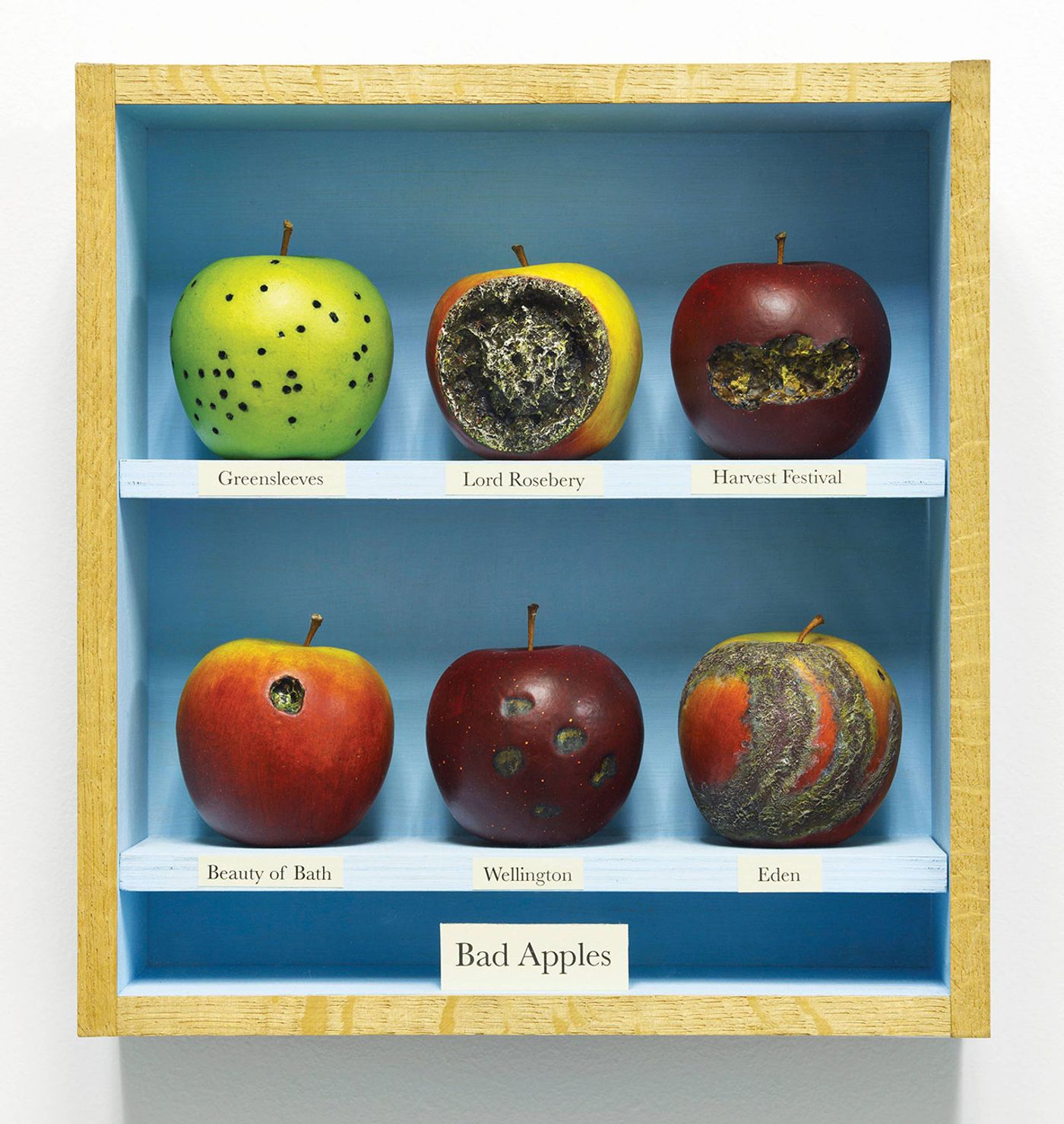
BAD APPLES by John Dilnot 2010, 30 × 28 × 10 cm Acrylic, wood, glass, paper. Courtesy of Tom Buchanan and 8 Books.
British artist John Dilnot’s visually poetic boxes whimsically subvert our human need to catalogue and contain nature. In this most recent work, “Bad Apples”, the artist revisits childhood memories of playing amongst the apple trees in his grandparents garden in Kent with a box containing rows of diseased "bad" apples neatly arranged on shelves. An ode to a lost Eden, both in a personal and more general sense, the beautifully rendered rotting fruits subvert the idea that decay is "bad", constituting in effect a humorous and liberating musing on the inevitability of mortality and mutation.
Swedish audio-visual artist and woodworker Love Hultén handcrafts bespoke wooden synthesizers whose whimsical design belies elaborate electronic circuits – case in point, “VOC-25”, a vocal synthesizer featuring 25 sets of plastic teeth, each set representing a unique note on the keyboard. Meanwhile, Melbourne-based architect Jan van Schaik constructs scale-models of architectural ruins made from repurposed Lego pieces for his “Lost Tablets” series with each object named after a lost or destroyed ship and rendered in a distinct LEGO colour such as bright pink or sandy green.

VOC-25 by Love Hultén 2020, 55 × 40 × 40 cm Wood, plastic teeth, and electronics. Courtesy of Tom Buchanan and 8 Books.

CRAY 1 SUPERCOMPUTER, 1975 by Docubyte. Courtesy of Tom Buchanan and 8 Books.
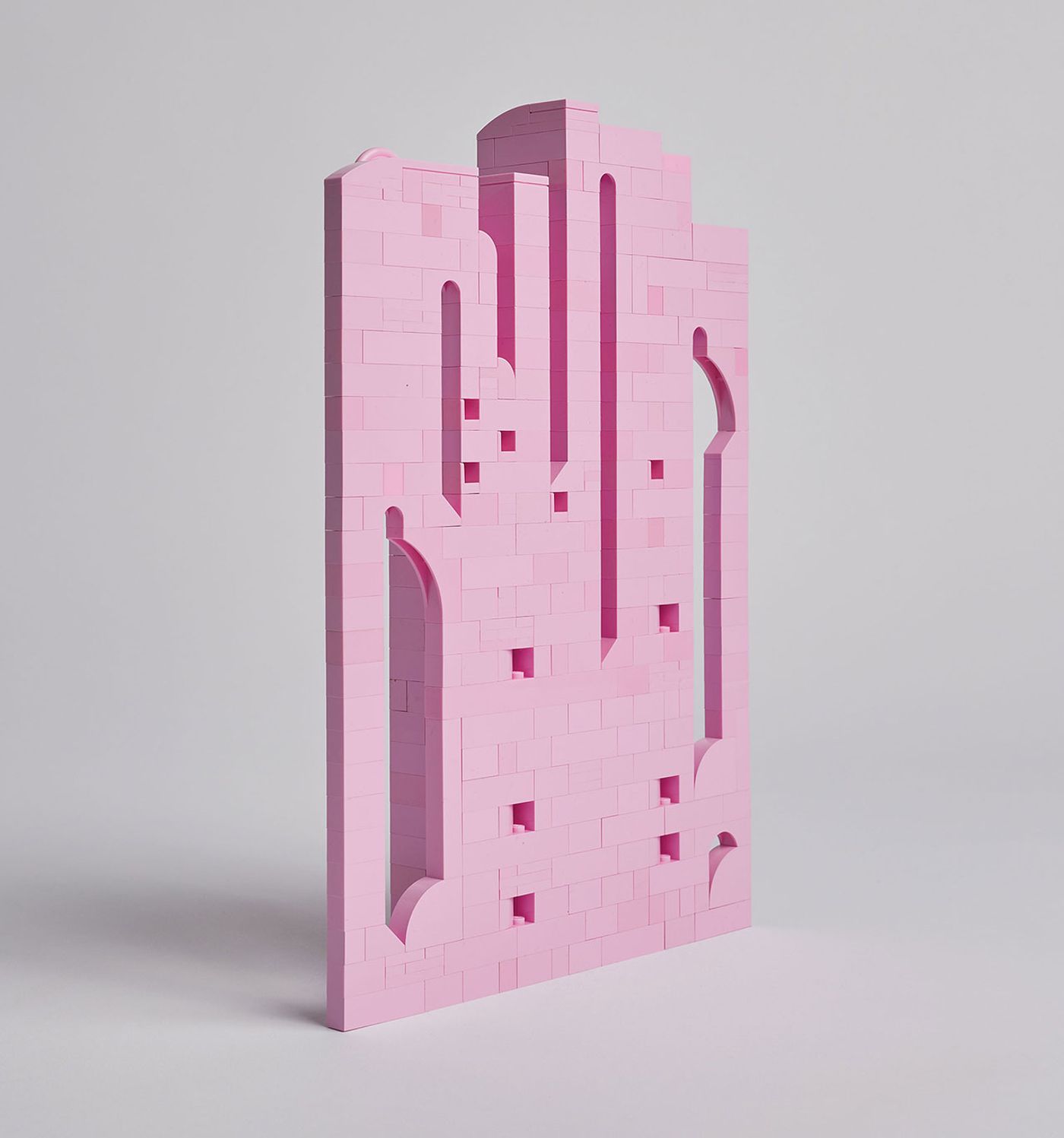
FLEETWING by Jan van Schaik 2021, 19 × 24.5 × 4.8 cm Reconfigured Lego. Courtesy of Tom Buchanan and 8 Books.
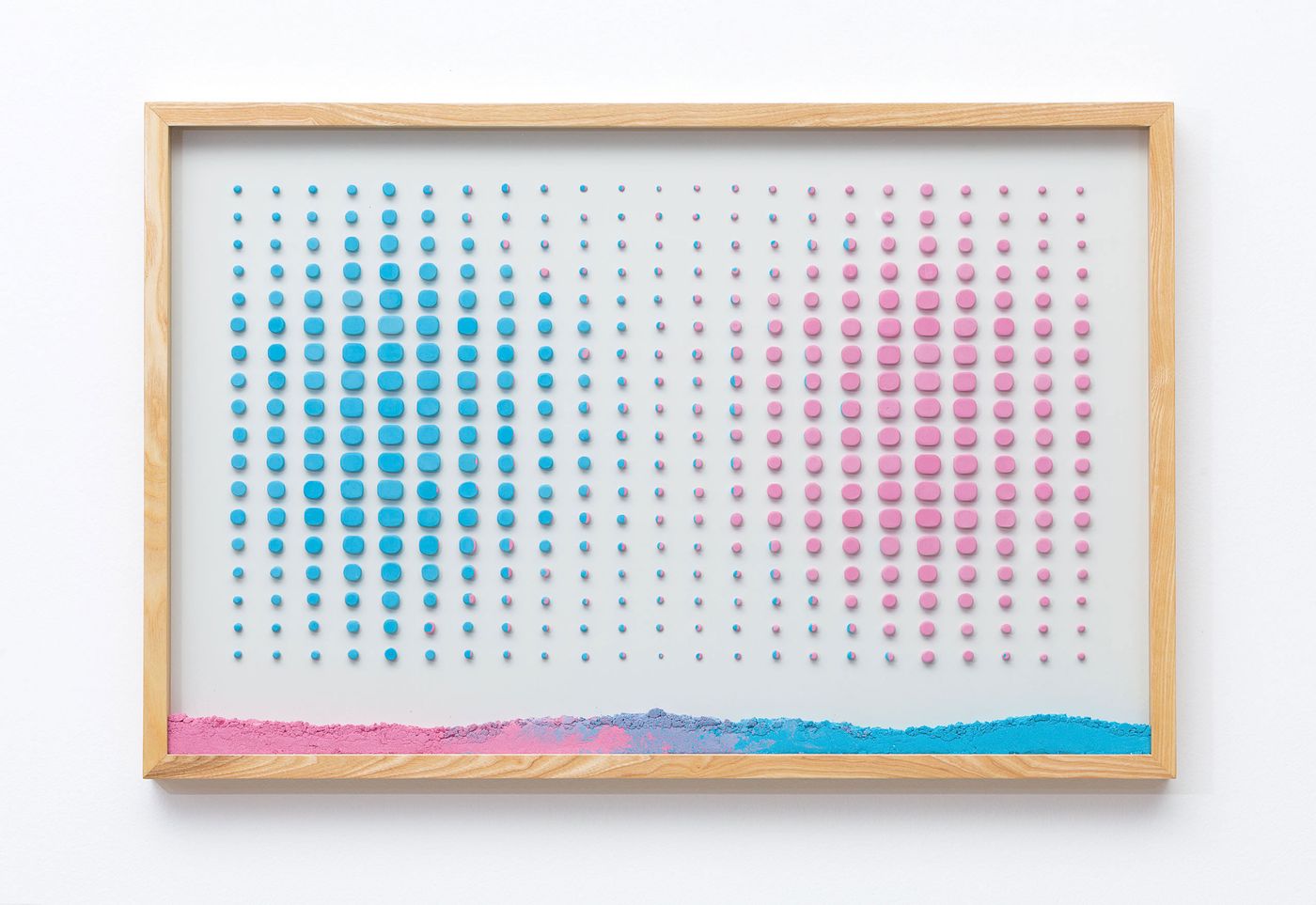
ERASED COMPOSITION by Marcius Galan 2015, 64 × 92 cm Rubber erasers on wood. Courtesy of Tom Buchanan and 8 Books.
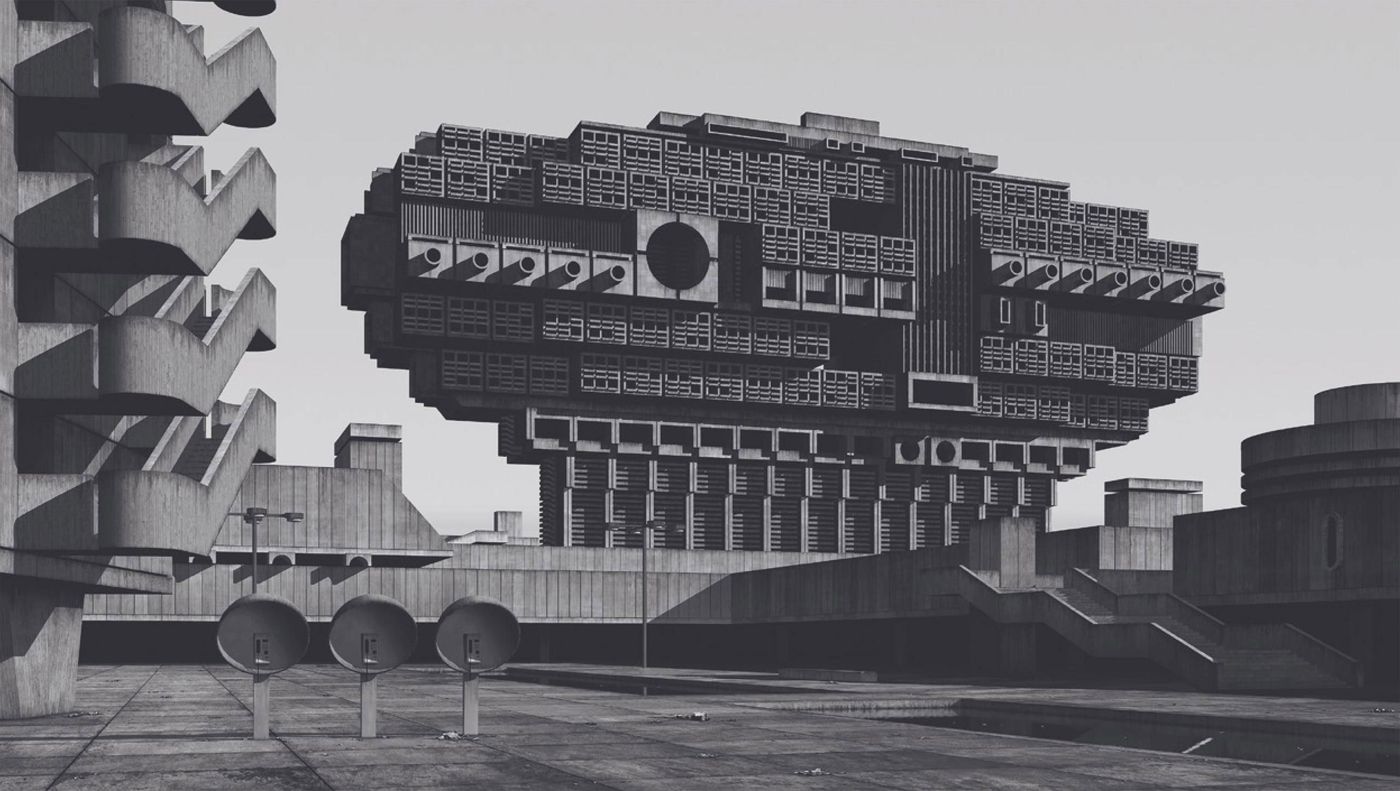
NO # 08 by Clemens Gritl, 202. 90 × 160 cm. Architectural computer model printed on Hahnemühle. Photo Rag Baryta. Courtesy of Tom Buchanan and 8 Books.
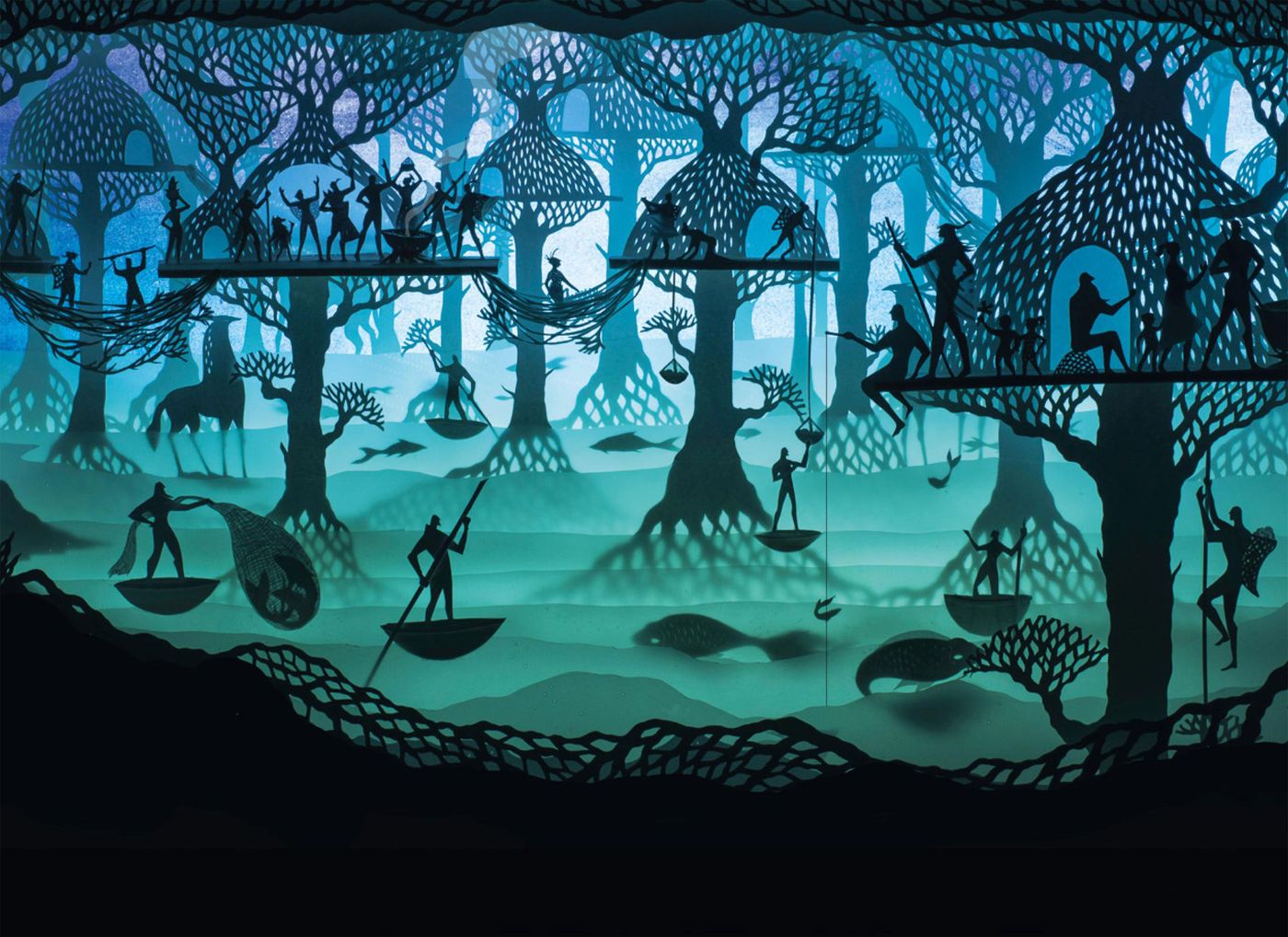
THE VALLEY OF KRUM by Hari & Deepti 2019, edited scene from The Seekers (Knopf Books). Courtesy of Tom Buchanan and 8 Books.
Indian husband and wife art duo Hari & Deepti craft intricate paper cut artworks that double as light boxes as an imaginative visualization of storytelling, while English paper artist Helen Musselwhite uses paper to create elaborately detailed and vibrantly colourful editorial content. Just as colourful are the scrapbook-style collages of British artist Maria Rivans who intertwines fragments of vintage ephemera with vivid, often humorous, imagery that references film and TV in order to spin bizarre and dreamlike tales.
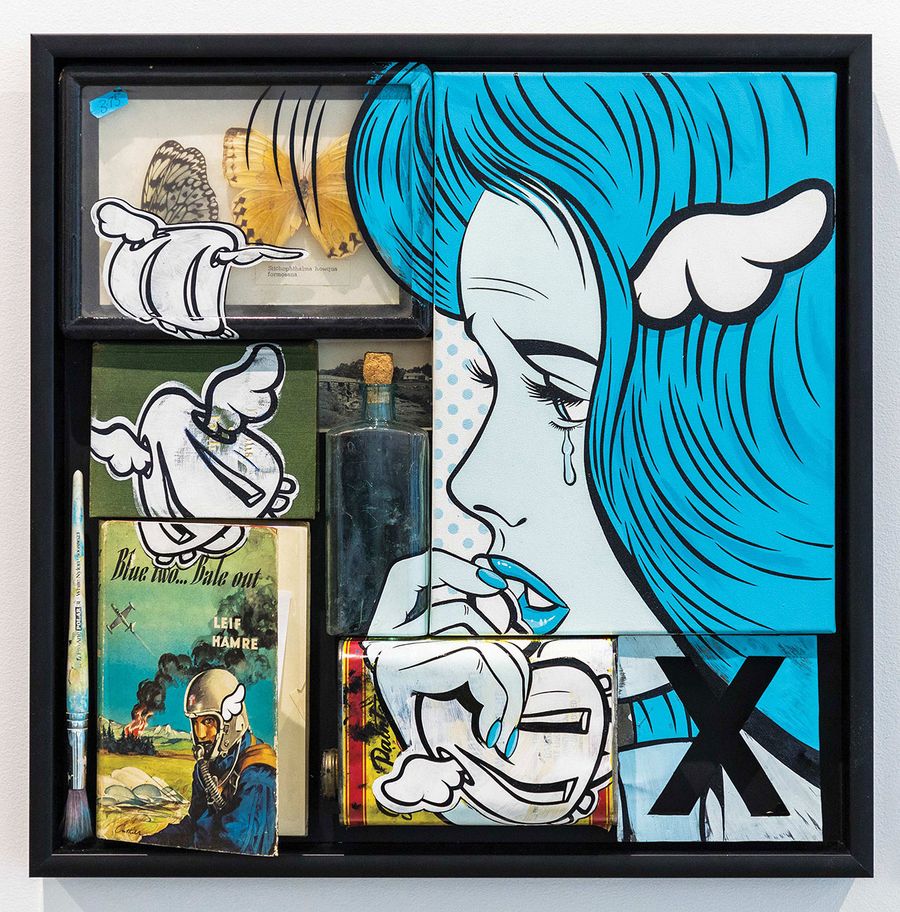
BLUE TWO . . . BALE OUT by D*Face, 2018. 55 × 55 × 6.5 cm. Emulsion and enamel on east London found objects. Courtesy of Tom Buchanan and 8 Books.
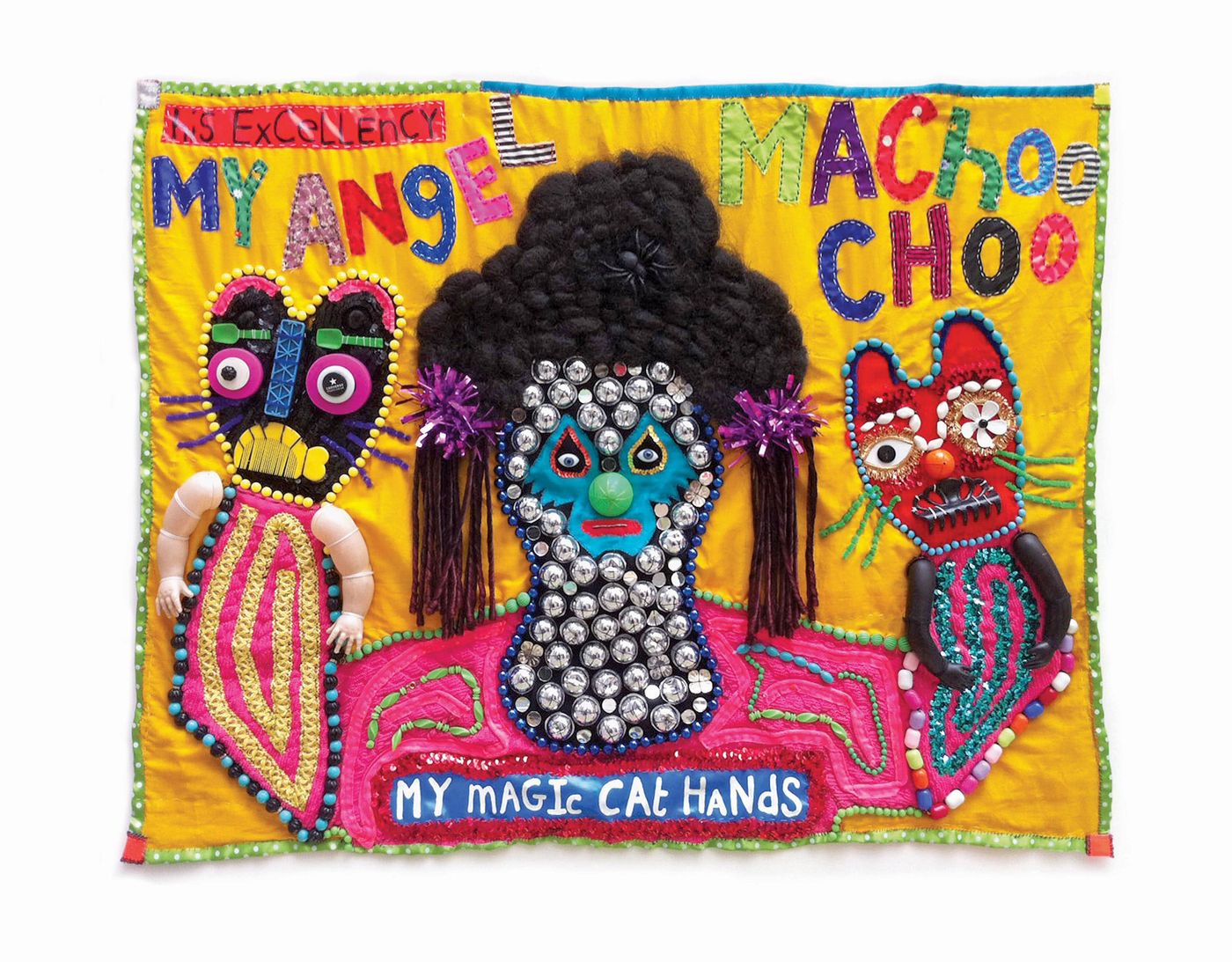
MY ANGEL MACHOOCHOO by Stephen Wright 2015, 101 × 140 × 20 cm Stitched fabric, objects and paint. Courtesy of Tom Buchanan and 8 Books.
In what possibly best encapsulates the essence of box art, are, Swedish artist Michael Johansson’s cubic sculptures made from a variety of different sized discarded, incongruous objects that have been assembled into orderly, perfectly geometrical objects. Tightly packed and meticulously stacked, Johansson’s assemblages boggle the mind in their unexpected coherence as well as ultimately summarize the crux at the very heart of box art: making something unique from something otherwise ordinary.
